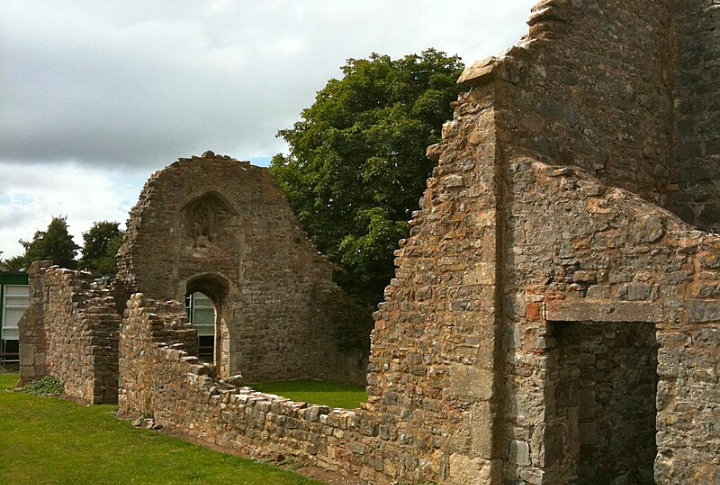
The location didn’t look like much: a simple field with no obvious signs of anything remarkable. But history isn’t always loud. Beneath the soil lay the remains of a royal Saxon residence connected to the last days of Wessex rule. Clues hidden for centuries slowly pulled a forgotten chapter of England’s story back into the light.
Ground Scans Revealed A Rectangular Structure

Modern technology kicked off this ancient revelation. Archaeologists used magnetometry and ground-penetrating radar to map the field—that’s when the outline emerged. A long, rectangular anomaly matched the dimensions of royal Saxon halls. It wasn’t random. This was architecture with a purpose, buried and forgotten.
Postholes Mapped A Grand Timber Hall
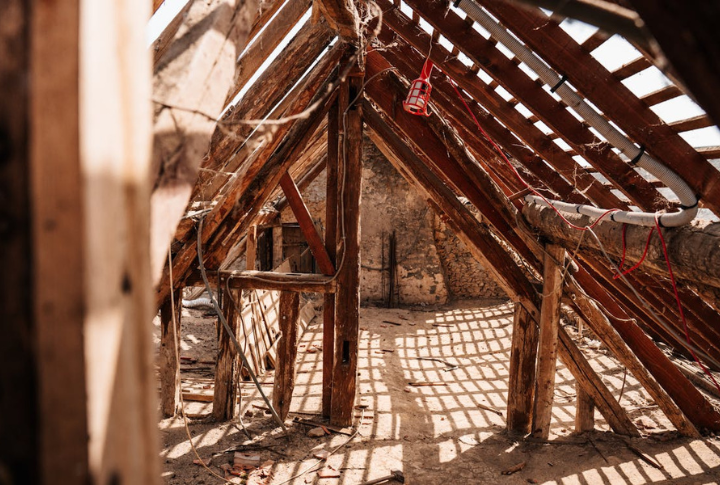
What could those deep, evenly spaced holes have supported? Long, sturdy timber beams. Excavators found posthole patterns arranged in parallel rows, exactly like those used for elite Saxon buildings. The scale of the layout indicated something far beyond a farmstead, something ceremonial, even regal.
Clay Daub Matched Saxon Elite Walls

The fragments weren’t much to look at as they contained baked earth with wattle impressions. However, the construction technique was classic Anglo-Saxon. Found only in high-status buildings, this daub told archaeologists the walls were once insulated and plastered with care. This was more than an average thatched hut—it was a protected space.
Carved Stones Marked A Formal Entrance
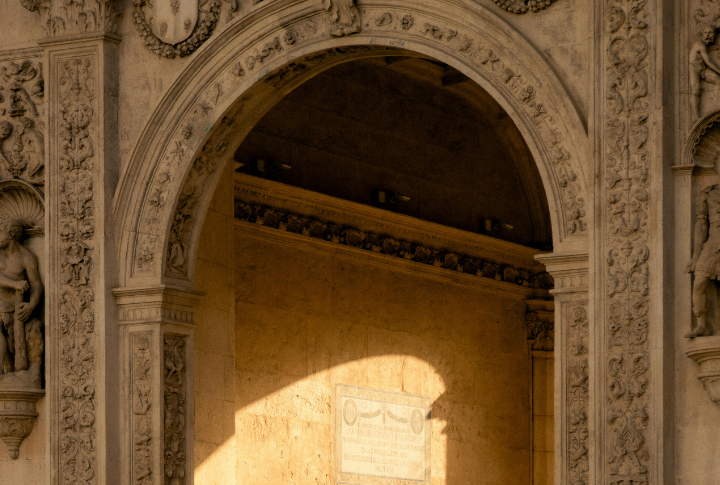
Rough stone foundations aren’t rare, but carved thresholds are. Smooth, chiseled stones hinted at a grand entranceway, a feature reserved for important dwellings. Their placement suggested a formal point of entry, likely used by visiting nobles or foreign envoys.
Hearth Remains Fit Royal Hall Design
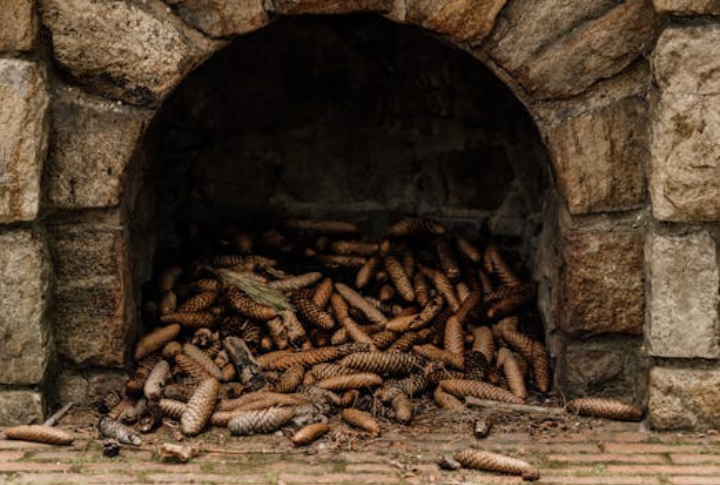
Most Saxon halls were built around a central hearth, where warmth and politics mixed. Excavators found scorched clay, charcoal, and sandstone slabs forming a square outline at the center. It was evident that this place sheltered elite domestic life.
Imported Pottery Signaled Noble Trade
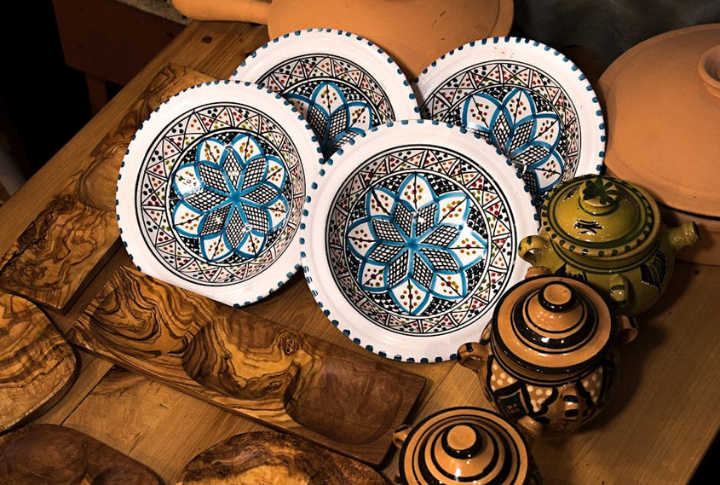
Archaeologists uncovered shards of pottery unlike anything made locally. These pieces that were glazed and imported from the Rhineland weren’t everyday items. They reflected wealth and connection, suggesting the residents dined off tableware brought from across the Channel. Only those of high status held such goods.
Iron Brooches Marked Sleeping Quarters

In one corner of the site, iron dress pins and brooches surfaced among collapsed floor debris. Likely belonging to women of status, these personal adornments suggest sleeping or dressing quarters. Their presence adds a lived-in layer to the site—this was once someone’s home.
Coin Linked To Edward The Confessor

A small silver penny changed everything. It bore the face of Edward the Confessor, who ruled from 1042 to 1066. This helped date the site to just before the Norman Conquest, placing it squarely within the reign of England’s final Saxon kings.
Burial Held A Pattern-Welded Sword
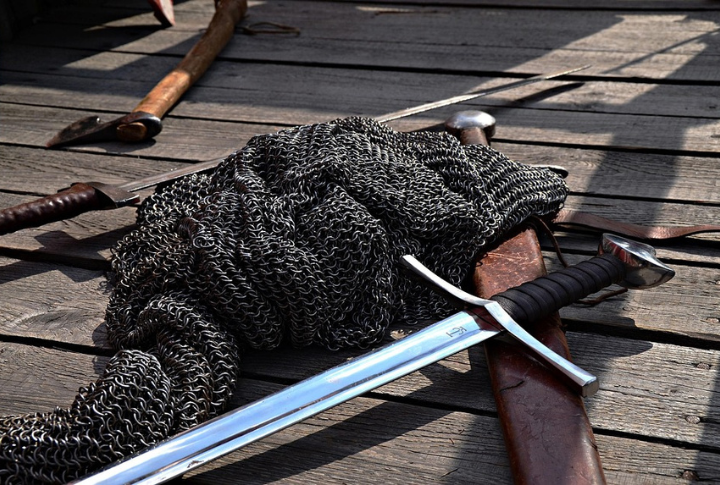
Outside the structure, a grave was discovered, shallow but undisturbed. Inside was a warrior buried with a rare pattern-welded sword. These weapons were prestige items worn by nobility or royal guards. His presence added security to the theory: this was no ordinary household.
Site Matched Wessex Historical Records
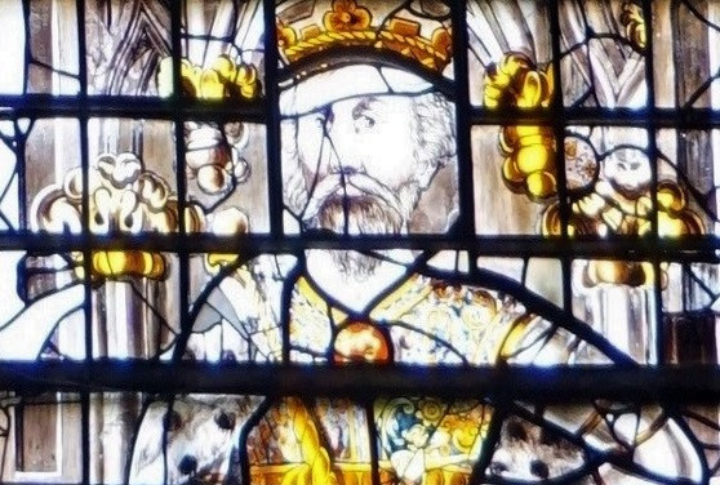
Medieval documents hinted at a royal hall in this region, specifically in the final strongholds of Wessex rule. The structure’s location, size, and design lined up with charters describing land grants and noble gatherings. The site was historical, rooted in written memory.

